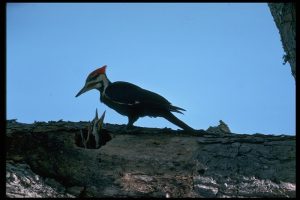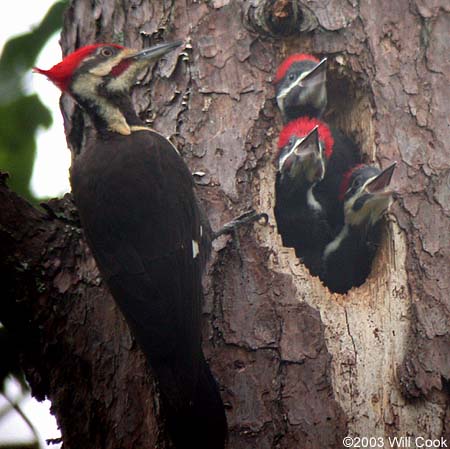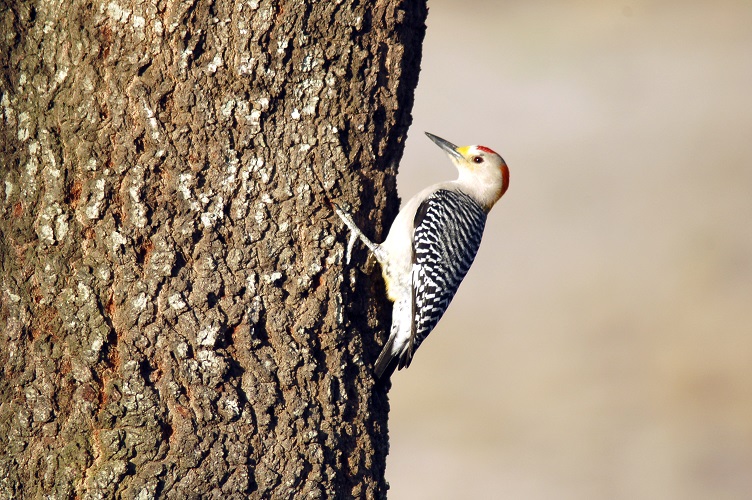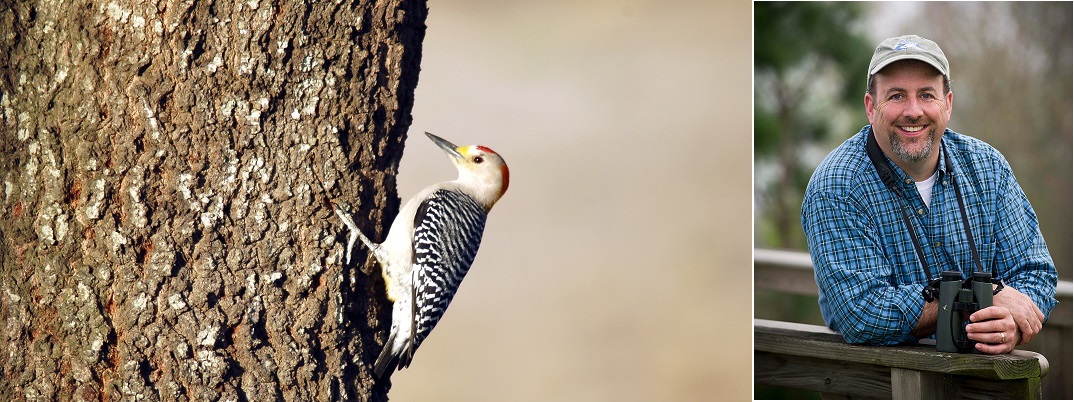TPW Magazine: Knock on Wood
Thursday, July 11th, 2019This is Passport to Texas
Cliff Shackelford—the nongame ornithologist for Texas Parks and Wildlife—is one of our favorite guests on Passport to Texas. He’s always upbeat and ready to share interesting birding facts. Plus, the guy’s super passionate about his subject matter.
And in the August/September issue of Texas Parks and Wildlife magazine—on newsstands now—he tells us about a species that’s held his fascination since he was a youngster, in an article called: Knock on Wood: Why I Love the Woodpeckers of Texas.
In the article Cliff writes: My fascination with woodpeckers has become somewhat of a life’s journey. In graduate school, I wrote a thesis on woodpeckers…I’ve published numerous papers on woodpeckers…I’ve traveled to other countries specifically to observe woodpeckers…Thus, I’ve long considered myself a qualified fan of woodpeckers.
Yeah, I’d have to agree with his self-assessment. In addition, he lets us know about the 16 species of woodpeckers and allies in Texas, which go by a variety of other names including sapsuckers and flickers—but they’re all in the woodpecker family.
He even shares a list of 15 regularly occurring woodpecker species here in Texas, complete with photos.
Get to know Cliff Shackelford and his beloved woodpeckers in the August/September issue of Texas Parks and Wildlife magazine. On Newsstands now.
For Texas Parks and Wildlife… I’m Cecilia Nasti.






 Passport to Texas is a
Passport to Texas is a  Passport to Texas is made available by:
Passport to Texas is made available by: